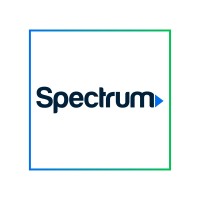
BT Group
We’re one of the world’s leading communications services companies. At BT Group, the solutions we sell are integral to modern life. Our purpose is as simple as it is ambitious: we connect for good. There are no limits to what people can do when they connect. And as technology changes our world, connections are becoming even more important to everyday life. Today, that’s truer than ever. The connections we make are helping solve the world’s biggest challenges such as the global pandemic, climate change and cyber security. Through the power of technology, we’re supporting customers to live, work and play together better.






